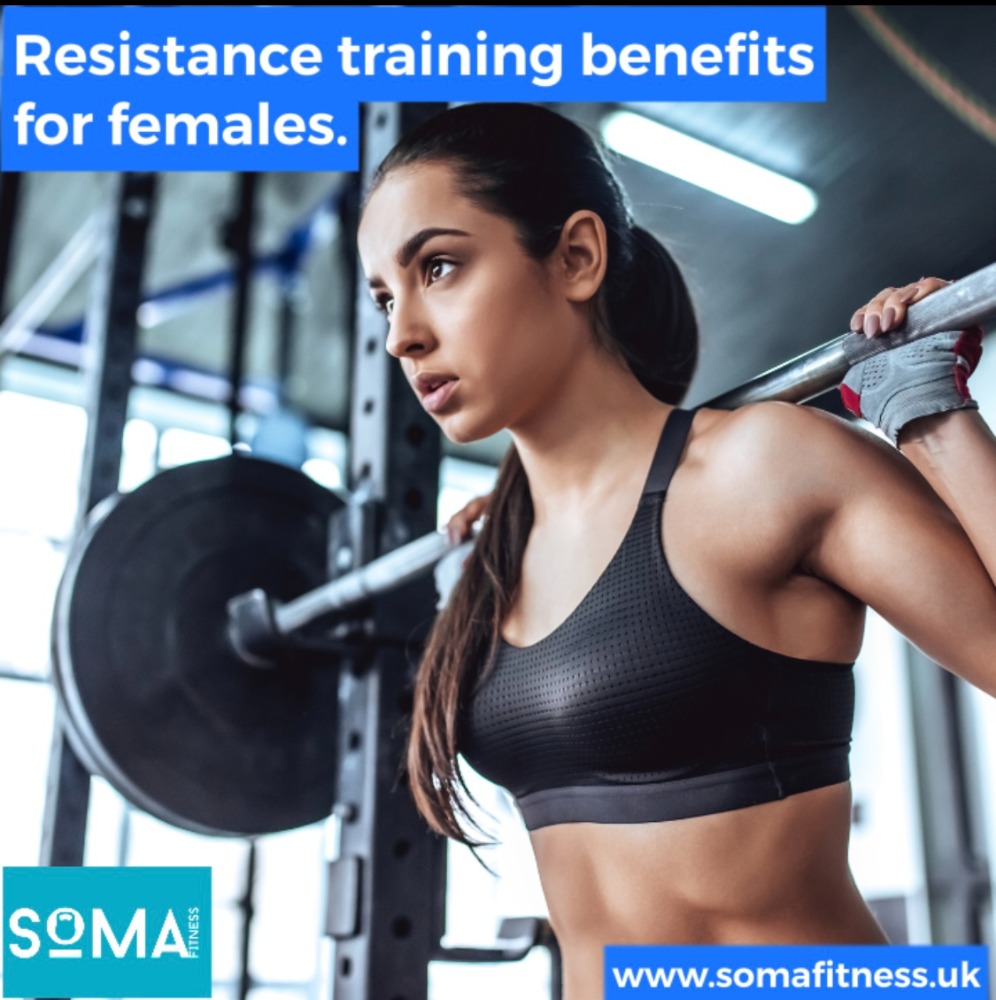Understanding ‘Cardio’

‘Cardio’ is a term you will hear a lot in the gym. Usually in a negative way, with thoughts of, mundane, prolonged incline walking on a treadmill springing to mind. However, ‘cardio’ encompasses much more than long slow distance training. This article will delve into the many different types of ‘cardio’ and how you can use it to help reach your training goals.
Firstly, ‘cardio’ is short for cardiovascular exercise and can be defined as any exercise that increases heart rate and keeps it up. However, heart rate can be raised in so many different ways, all of which bring about a different adaptation. Therefore, it’s important to have your goals clearly defined because a training session to develop aerobic capacity will look very different from sessions used to build speed, speed endurance or lactate threshold. If you aren’t an athlete, it is likely you will be wanting to use CV exercise to improve your overall health or to lose weight. In which case, you will want to familiarise yourself with all types and use some of each in your training throughout the year.
When it comes to cardiovascular exercise, our body uses three energy systems. These are called the alactic system, lactic system and aerobic system. There is almost never a time at which all three systems aren’t working simultaneously. However, for most forms of exercise, one energy system will be being used a lot more than the other two.
If you want to develop speed, then you want your training to be focused on building the alactic system. The alactic system is used for high intensity exercise for up to approximately 13 seconds. It does not use oxygen and instead forms energy from recycling ATP using phosphocreatine stores in the muscle. These stores are very small however, hence why we can only utilise this system for 13 seconds before a prolonged rest (>3 minutes) so that the body can restore phosphocreatine levels. With that in mind, we can apply this to a training sessions to help develop this system. An example being 8 sets of 10 second sprints with 3 minutes rest. Many people don’t feel like they’re ‘working hard enough’ when doing this sort of training as they aren’t out of breath. However, looking back at what this system uses, it does not use oxygen, therefore when we train this system correctly, we do not create an oxygen debt and therefore do not feel out of breath. We can apply specificity to make this session more applicable to the goal. In very simple terms, runners will do this session on a track, cyclists on a bike and rowers on a row-erg or boat and so on.
The next system we can develop is the lactic acid energy system. The popular ‘HIT’ training falls into this category. This energy system derives energy from glucose. However, the oxygen debt from high intensity exercise results in lactic acid being produced, causing pain and this is why this energy can only be the predominant energy system for up to 3 minutes. When training, work intervals will be between 30 seconds and 3 minutes with rest intervals no longer than the work interval. This is so that the lactic acid cannot fully clear prior to the next interval, resulting in a gradually increasing tolerance to lactic acid. This is useful training for events which use this energy system such as 800m running. Sessions for this energy system can look very different. For example, 3 sets of 30 second sprints with 15 seconds rest. As well as, 6 sets of 3 minutes working hard with 3 minutes rest. Despite targeting the same energy system, the latter session is more aerobic, so it’s important to know what event you are targeting and tailoring your sessions towards that goal.
The final energy system is the aerobic energy system. This utilises oxygen and is best developed at around 70% of your maximum heart rate. An example for a 40-year-old would be (220-age) = Max Heart rate estimation. (220-40) = 180. 70% of 180= 126bpm. This will be the predominant energy system for any exercise lasting over 3 minutes. Therefore, this is going to be the predominant energy system for events such as 5km run or above.
It is worth noting, that if you are using cardiovascular exercise for general health then it is most productive to add a bit of each type of energy system training throughout the year. However, adherence is key, therefore it’s important to prioritise the type that you enjoy most and fits into your lifestyle.




Recent Comments